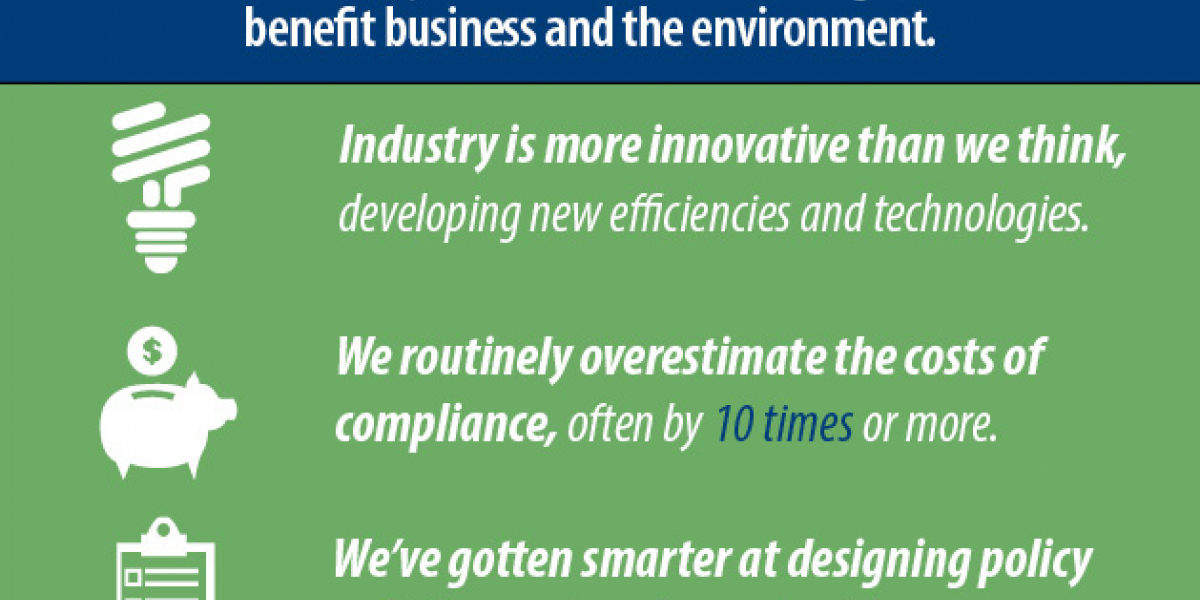
Thirty years ago, as concerns grew over dioxins appearing in fish downstream from pulp and paper mills, Swedish firms developed chlorine-free pulp bleaching technologies. Developing these technologies helped protect fish and ecosystems. What’s more, it opened up new markets in Germany for the Swedish firms’ more-environmentally-friendly products, and allowed the leading firms to sell their technology to other jurisdictions. A win for the environment and the economy.
What makes this technology success story even more compelling is the research that shows that the Swedish environmental regulatory framework played a part in incenting this innovation.
While we might be inclined to see this Swedish example as a unique incident of regulation stimulating innovation, the reality according to SP’s latest research is that environmental regulation can be a dependable driver of innovation.
Here is how our research conclusions unfold:
1. Based on the cases reviewed of environmental regulation (mostly in the US, one in Canada), governments and businesses have systematically overestimated the compliance costs - often by double, ten-times, or more. In other words, environmental regulation has consistently turned out to be less costly than we think. Why?
2. One important reason that we overestimate the costs of regulation is because we are much more innovative than we think. Our cost estimates ignore how well companies find cost savings, new processes, new technologies and new products when given the challenge of complying with an environmental regulation.
3. Another reason that compliance costs have been overestimated is that policy makers and regulators are designing better environmental regulations than in the past. Modern regulations are often more flexible (eg. a reduction of x% in emissions) than past prescriptive regulations (eg. thou shalt install this scrubber), thus creating more incentive for innovation.
The result is that we observe a dynamic: policy makers innovate in designing smarter regulations, in turn stimulating businesses and other "regulatees" to come up with innovations that allow them to meet compliance targets (not to mention find efficiencies, save money and even develop new product markets).

The Swedish pulp and paper example shows this story playing out in the real world in a specific case. More generally, the studies SP has looked at show correlations between environmental regulation and patents, and between environmental regulation and the likelihood of management to report new product and service innovations. (For more on our findings on regulation and innovation, see our latest reports: “Green Tape Measures Up” and “Environmental Regulation and Innovation: Select case studies of the Porter Hypothesis”)
So let’s get beyond the stigma. There are benefits to well-designed #GreenTape. We should harness these benefits in Canada, because to paraphrase our current Minister of Innovation, Science, and Technology: #InnovationMatters.